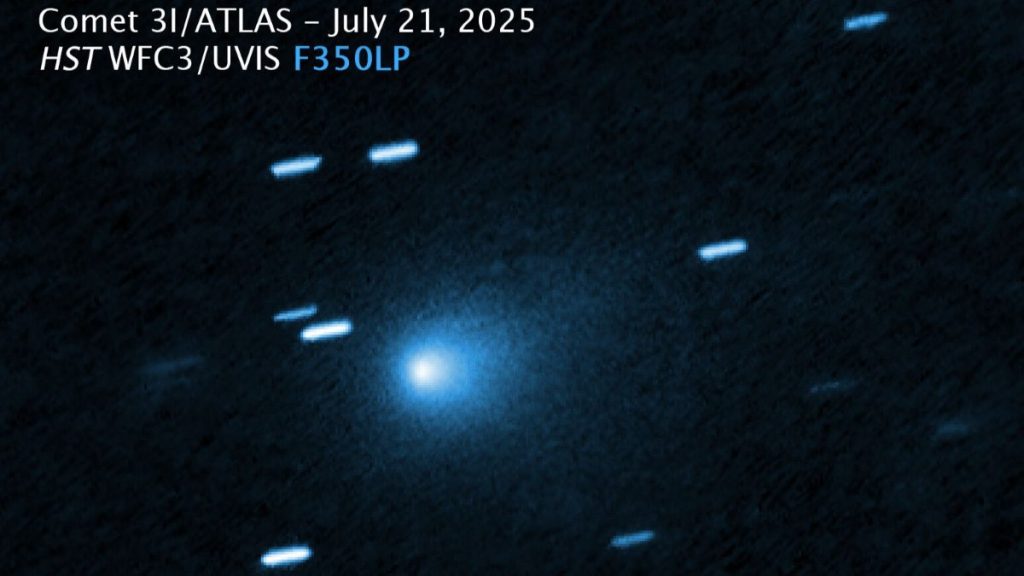Astronomers around the world are closely watching an interstellar visitor unlike anything formed in our solar system.
Others are reading now
Known as 3I/ATLAS, this icy traveler is only the third object ever detected entering from beyond our Sun’s reach.
Here’s what scientists have revealed so far about where it came from, how fast it’s moving, and whether it poses any threat to Earth.
From another star system
3I/ATLAS was born in a distant star system before being thrown into interstellar space.
For millions or even billions of years, it drifted through the galaxy until recently crossing paths with our solar system.
It approached from the direction of the constellation Sagittarius, near the Milky Way’s center, and was first detected when it was within Jupiter’s orbit, about 410 million miles from the Sun.
Also read
Third interstellar visitor
3I/ATLAS is only the third known object from another star system to be observed passing through our solar system.
The first was the cigar-shaped ‘Oumuamua’, discovered in 2017, and the second was the comet 2I/Borisov, spotted in 2019.
Each has provided valuable clues about how other planetary systems form and evolve.
A true comet, not an asteroid
Telescope observations show that 3I/ATLAS is active, meaning it has an icy core that produces gas and dust as it heats up near the Sun.
This activity forms a glowing cloud known as a coma and a long, faint tail.
Also read
Because of this behavior, scientists classify it as a comet rather than an asteroid, which would remain rocky and inert.
Uncertain size
The comet’s exact size remains unknown, but Hubble Space Telescope data from August 2025 suggest its nucleus is somewhere between 1,444 feet (440 meters) and 3.5 miles (5.6 kilometers) across.
Even at the smaller end of that range, 3I/ATLAS is large enough to rival some of the biggest known comets ever observed.
Traveling at incredible speed
When astronomers first detected 3I/ATLAS, it was already racing through space at about 137,000 miles per hour (221,000 kilometers per hour).
That speed will increase as it swings closer to the Sun, propelled by its gravitational pull.
Also read
Such velocity makes it extremely difficult to study, but it also confirms its interstellar origin.
No danger to Earth
Despite its dramatic appearance, scientists say 3I/ATLAS poses no threat to our planet.
Its closest approach will bring it no nearer than 1.8 astronomical units, roughly 170 million miles away.
It will continue its path through the inner solar system before disappearing back into deep space, never to return.


